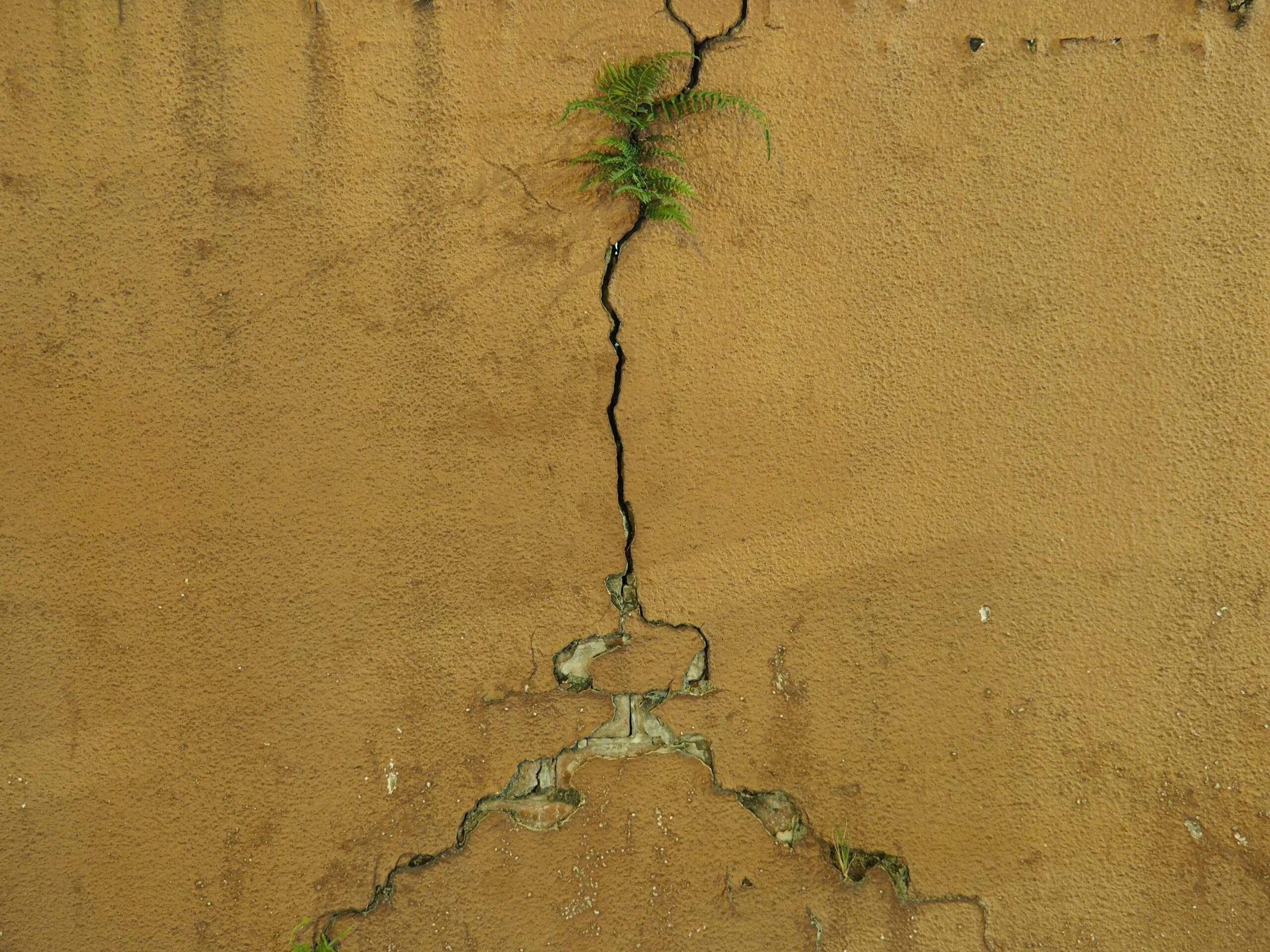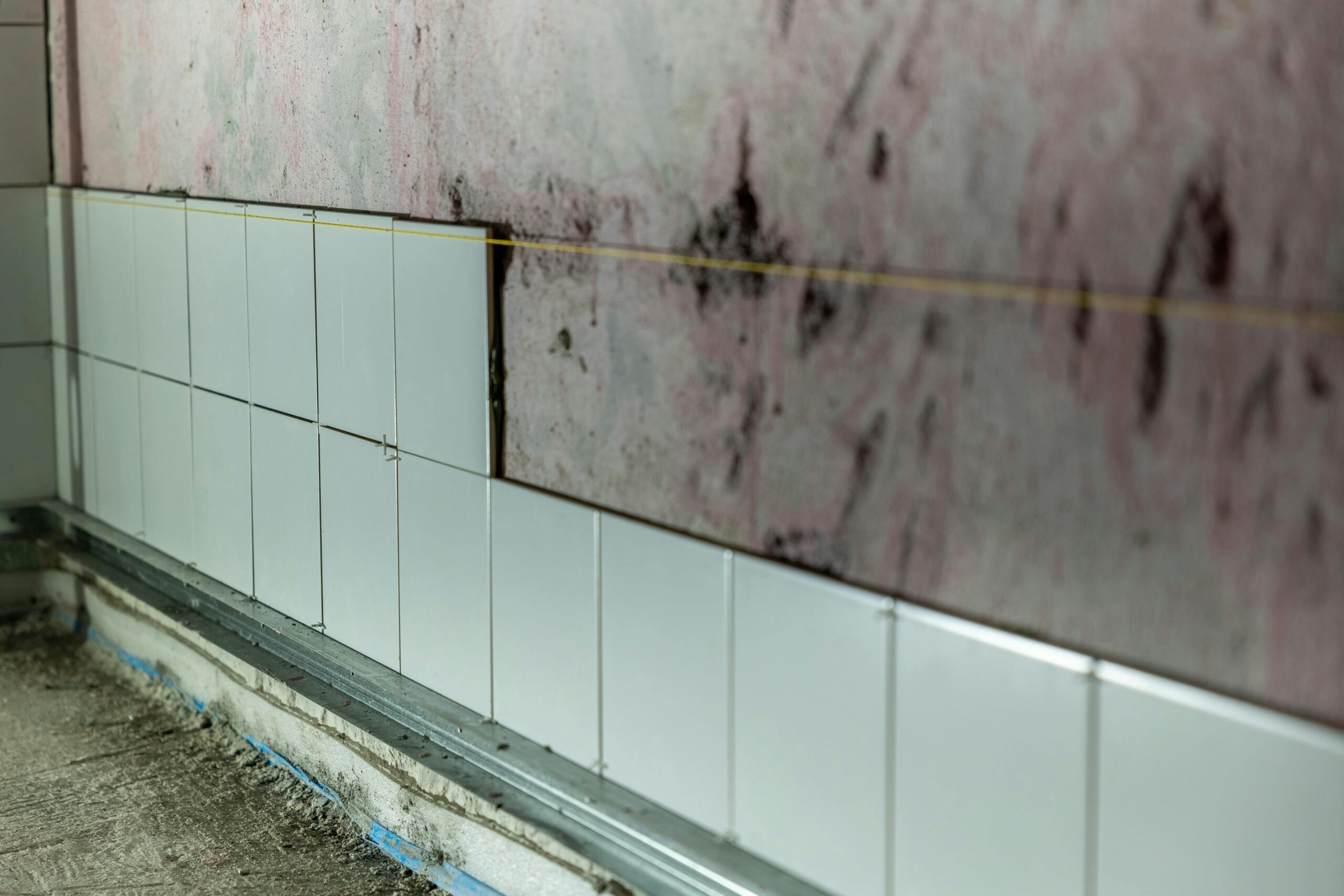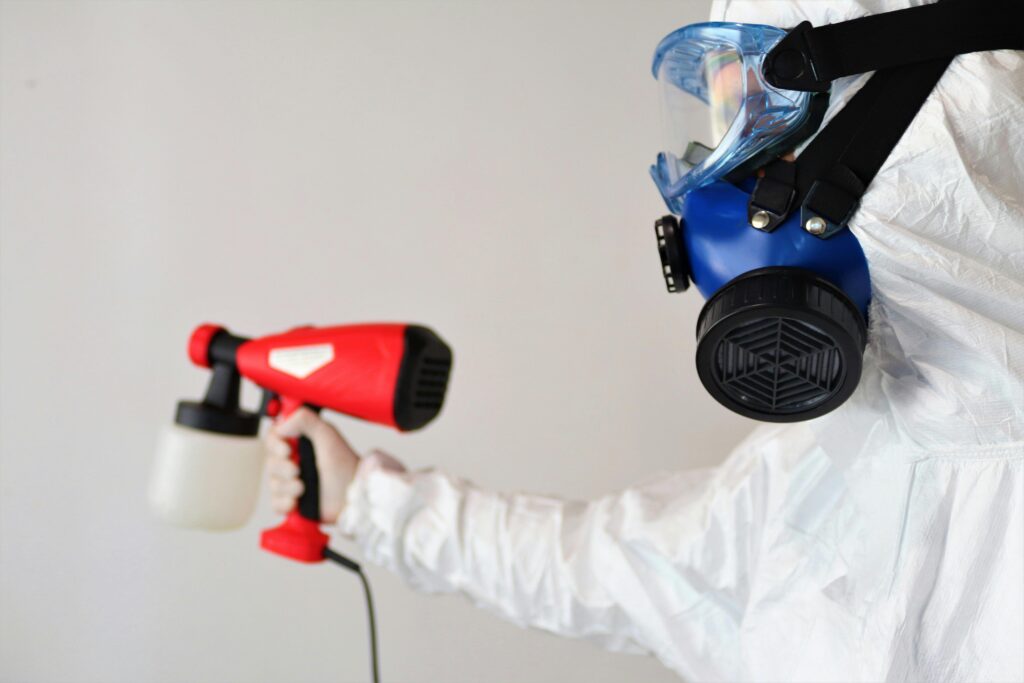Ever woken up in the middle of the night worrying about a black spot on your ceiling? Or how that musty smell is silently eating away at your walls—and wallet? Turns out, you’re not alone. Structural repairs due to mold are one of the most underestimated home expenses, costing homeowners thousands annually. But here’s the twist: with the right credit card perks and mold insurance policy, you could save big. This guide dives deep into understanding mold damage, repairing your home, and leveraging financial tools like never before.
Table of Contents
- Key Takeaways
- The Hidden Costs of Mold Damage
- How to Handle Structural Repairs Due to Mold
- Tips for Smart Financial Moves
- Real-Life Savings Stories
- Frequently Asked Questions
Key Takeaways
- Mold-related structural repairs can cost thousands without proper planning.
- Credit cards with cashback or rewards points can offset repair costs.
- Mold insurance helps prevent unexpected financial disasters.
- Drywall replacement and ventilation improvements are common fixes.
- Hiring certified contractors ensures quality work and long-term solutions.
The Hidden Costs of Mold Damage
“Mold grows faster than your Wi-Fi updates.” Unfortunately, it’s true. When left unchecked, mold doesn’t just ruin aesthetics—it weakens your structure. From crumbling drywall to water-damaged beams, these issues often require extensive structural repairs due to mold. A staggering 50% of U.S. homes have some form of moisture-induced mold growth, leading to over $3 billion in homeowner losses yearly.

I once ignored a small damp patch near my basement window because “it’ll dry out eventually.” Spoiler alert: it didn’t. What started as a tiny issue turned into an entire corner needing demolition—and guess who got stuck footing the bill? That was the moment I swore by mold insurance.
How to Handle Structural Repairs Due to Mold
Optimist You: “We got this!”
Grumpy You: “Yeah, but only if we have our coffee…and maybe a new roof.”
Step 1: Identify the Source
No matter how pretty the mold looks under certain lighting (*sarcasm*), always trace its origin. Is it from a leaking pipe? Poor ventilation? Once identified, stop the source before moving forward.
Step 2: Assess the Damage
Hire a professional to evaluate the severity. This step determines whether minor touch-ups will suffice or full-scale drywall replacement is necessary.
Step 3: Choose a Contractor
Vet contractors carefully. Look for certifications such as IICRC (Institute of Inspection, Cleaning, and Restoration Certification). Bad contractors are scarier than the mold itself.
Step 4: Leverage Credit Cards Wisely
Consider using credit cards offering cash back, extended warranties, or zero-interest periods. They can be life-savers when paying upfront for costly repairs.
Step 5: File an Insurance Claim (If Covered)
If your policy includes mold coverage, submit all documentation promptly. Be prepared for pushback; fighting insurance claims sometimes feels like negotiating a toddler’s bedtime.
Tips for Smart Financial Moves
- Use Rewards Cards: Earn points redeemable for future purchases while tackling repairs.
- Check Coverage Limits: Not all policies cover everything—read the fine print!
- DIY Cleanup: Only attempt this if you know what you’re doing. Improper cleanup = worse problems.
- Budget Regularly: Set aside funds monthly for potential maintenance emergencies.
Terrible Tip Alert:
“Save money by ignoring it.” Don’t do this unless you enjoy breathing spores every day. Mold spreads quickly and worsens air quality significantly.
Real-Life Savings Stories
Jane D., a homeowner from Florida, faced severe dry rot caused by hurricane flooding. Initially quoted $8,000 for repairs, she used her American Express Platinum card’s travel credit perk to fund temporary repairs during contractor negotiations. Additionally, after reviewing her mold insurance clause, she recovered $5,000 through a successful claim submission.

Frequently Asked Questions
Does Homeowners Insurance Cover Mold?
Typically no, unless it results from sudden events like burst pipes. Review your policy details thoroughly.
Are There Tax Deductions for Mold Remediation?
Potentially, depending on the cause being deemed ‘unexpected.’ Consult a tax advisor for specifics.
Can I DIY Drywall Replacement?
Sure, if you’re handy. Otherwise, hire pros—the margin for error is razor-thin.
What Type of Credit Card Benefits Should I Look For?
Reward programs, introductory APR offers, and purchase protections are ideal.
Conclusion
Structural repairs due to mold don’t have to break the bank—or your spirit. With strategic use of credit cards and proactive mold insurance enrollment, you can minimize both stress and expenses. Remember, early prevention beats late intervention any day.
TL;DR? Think Tamagotchi care meets personal finance. Keep nurturing both, and thrive effortlessly.*


